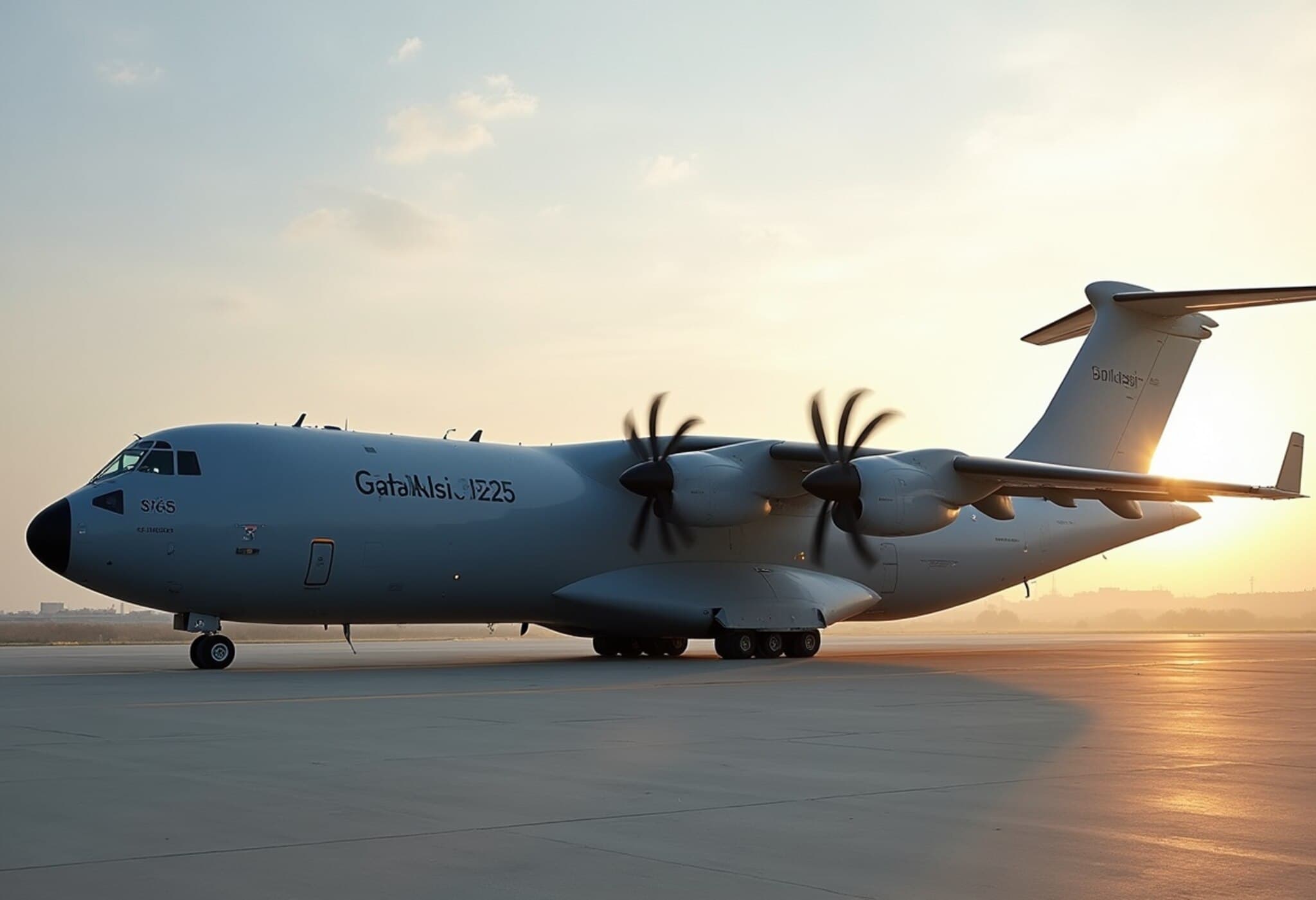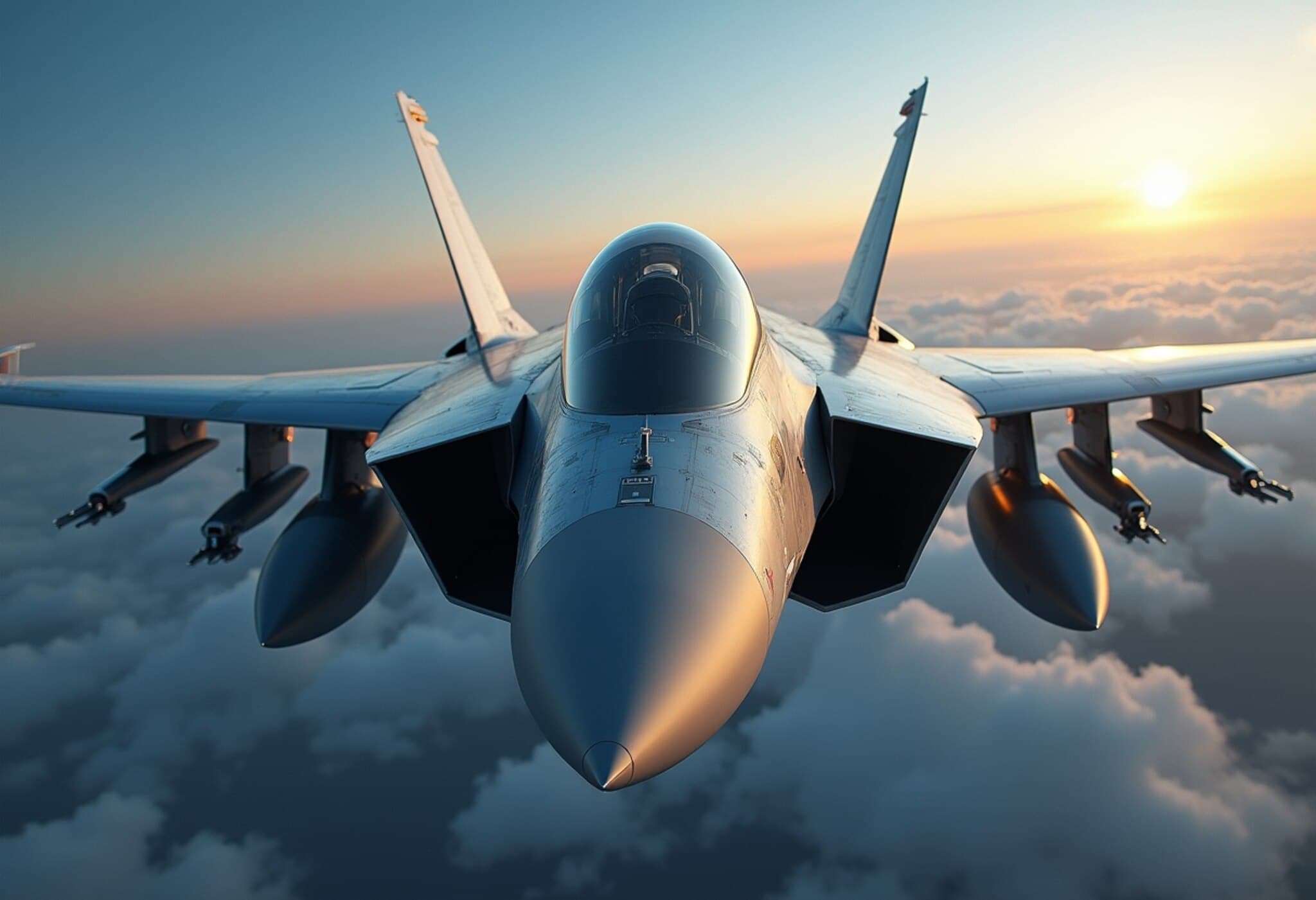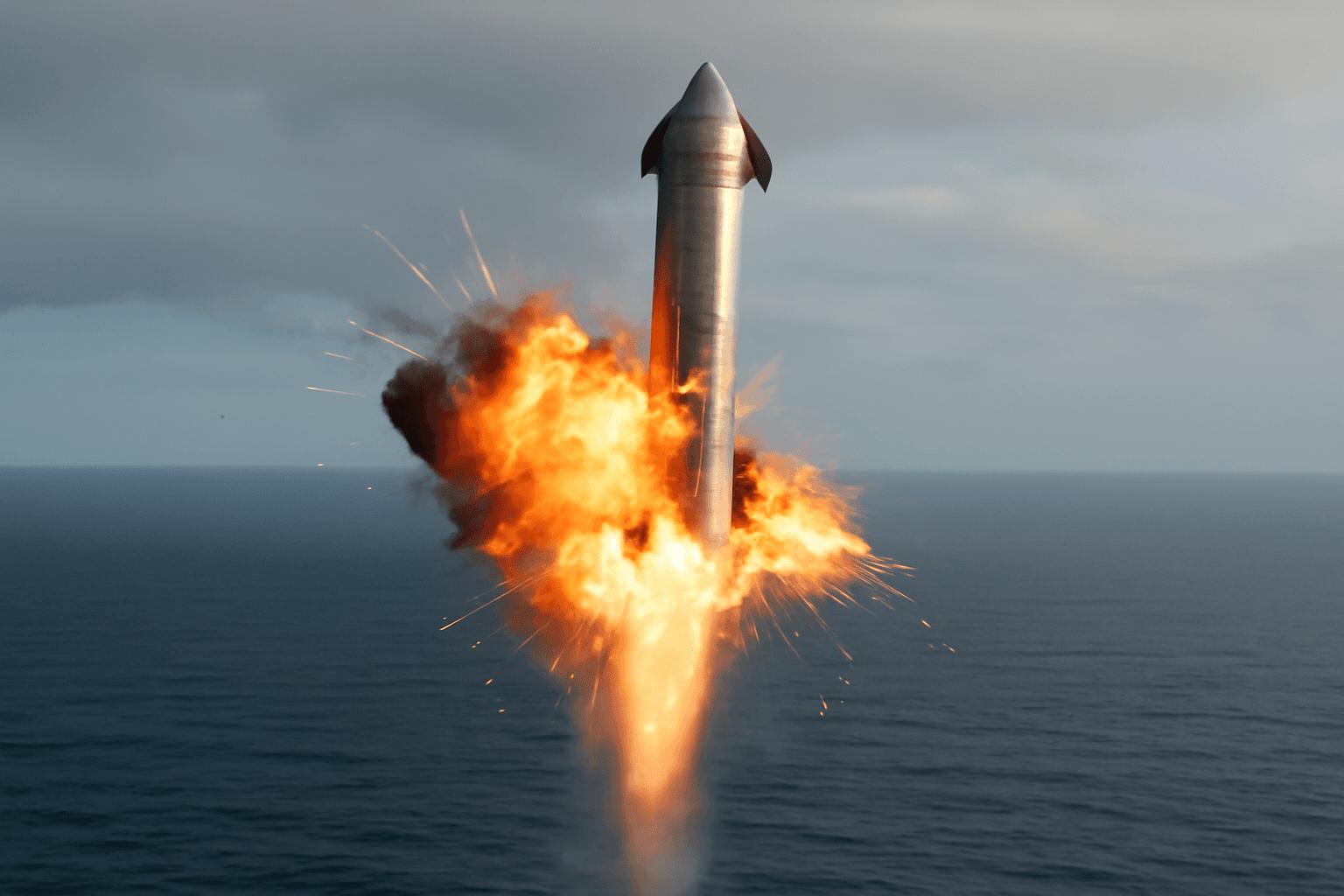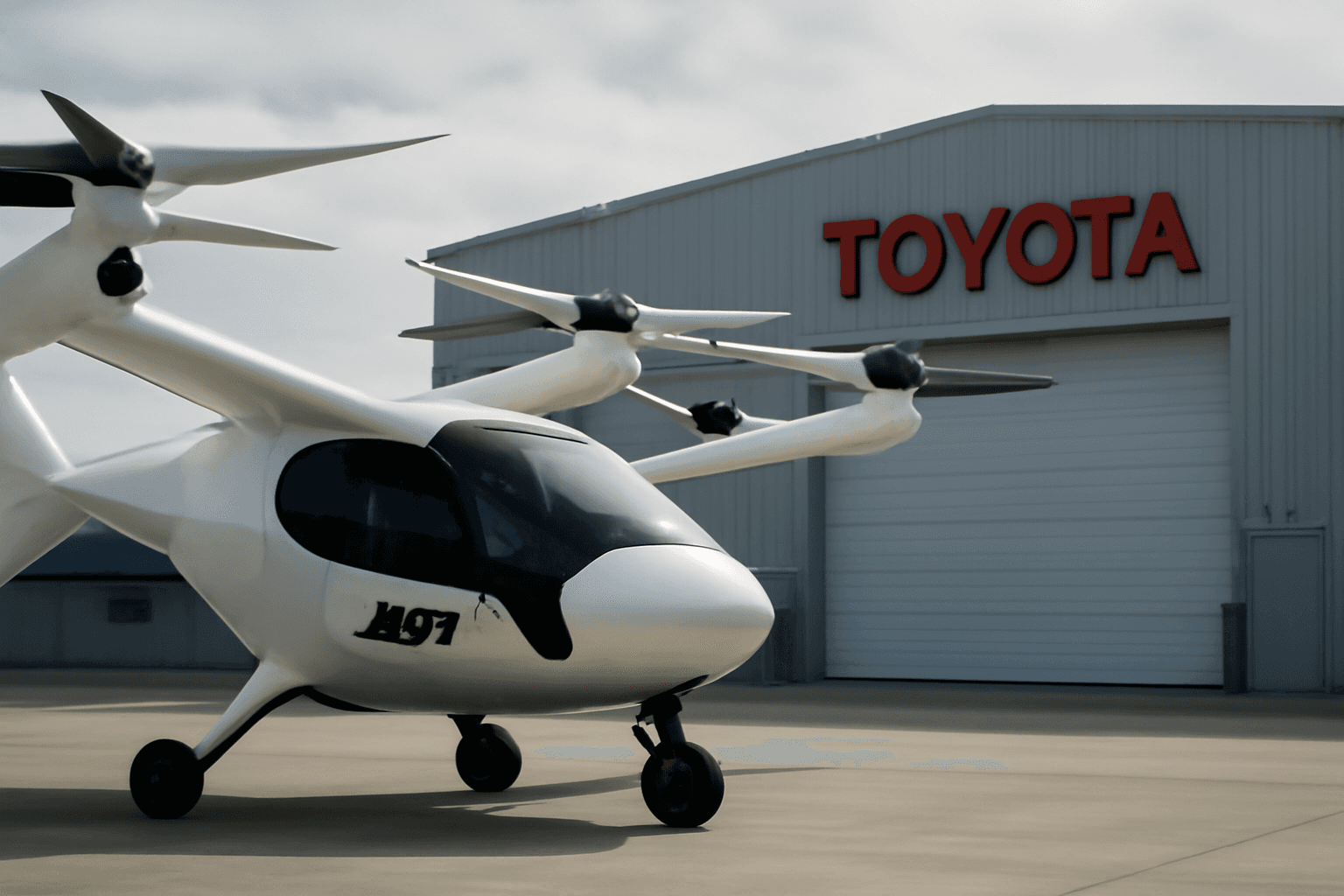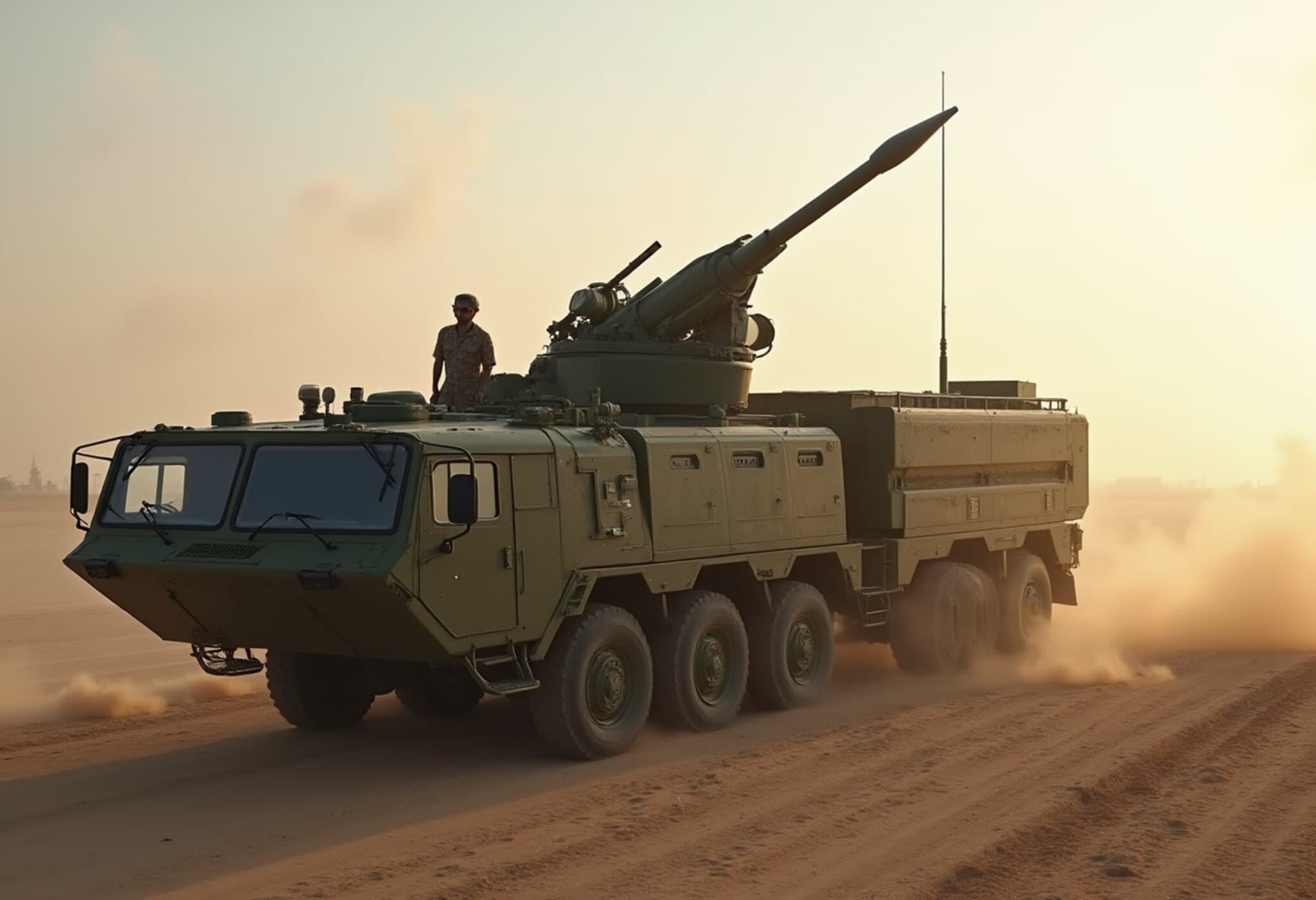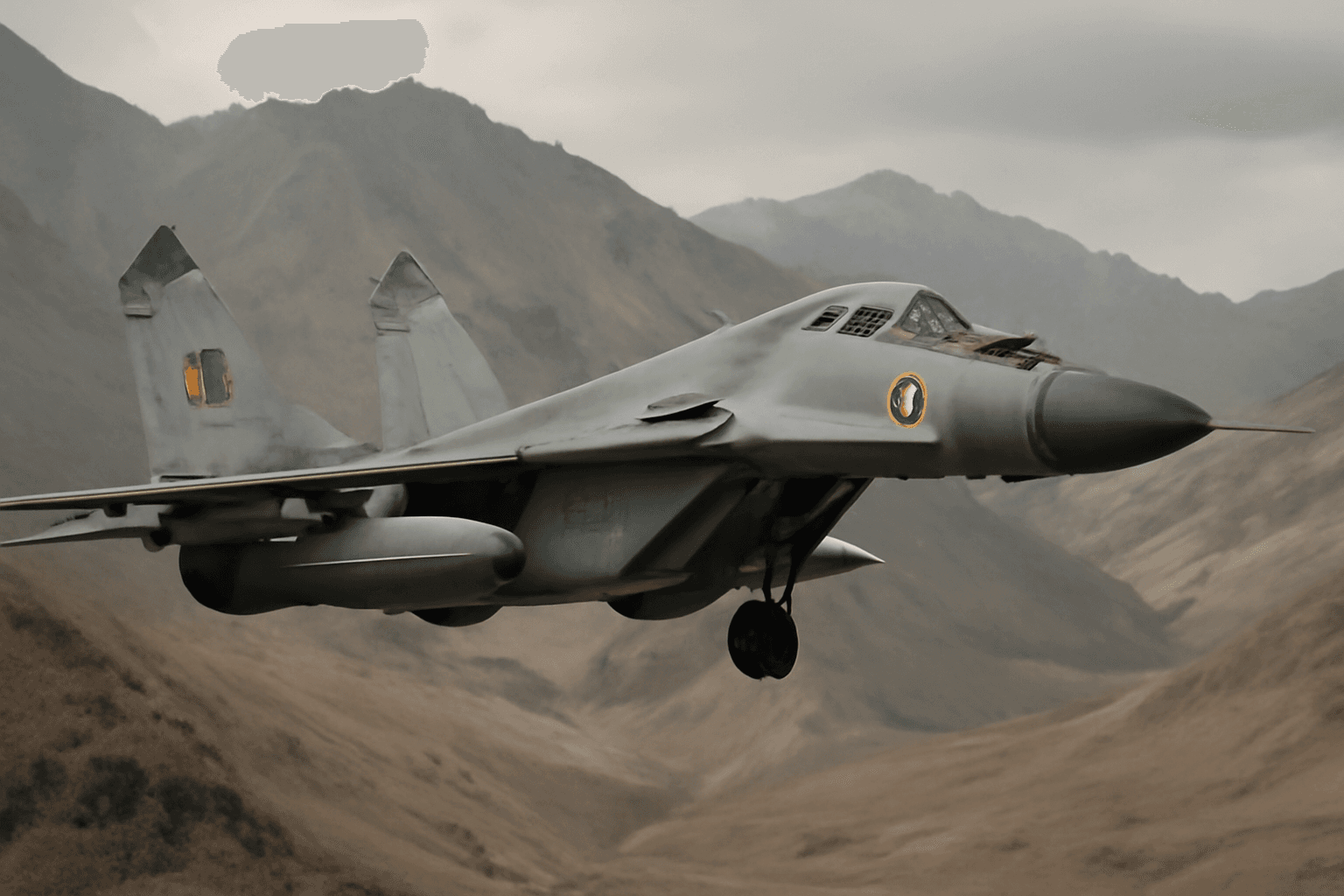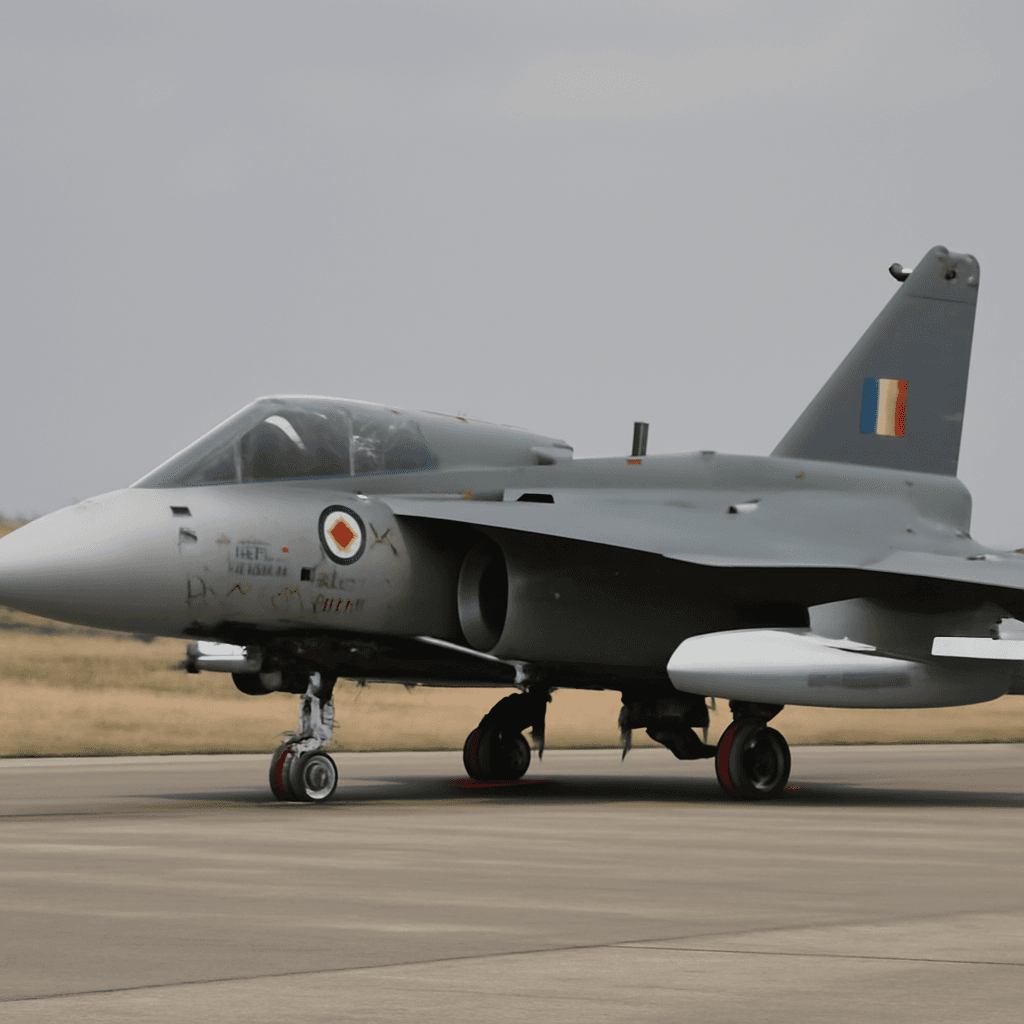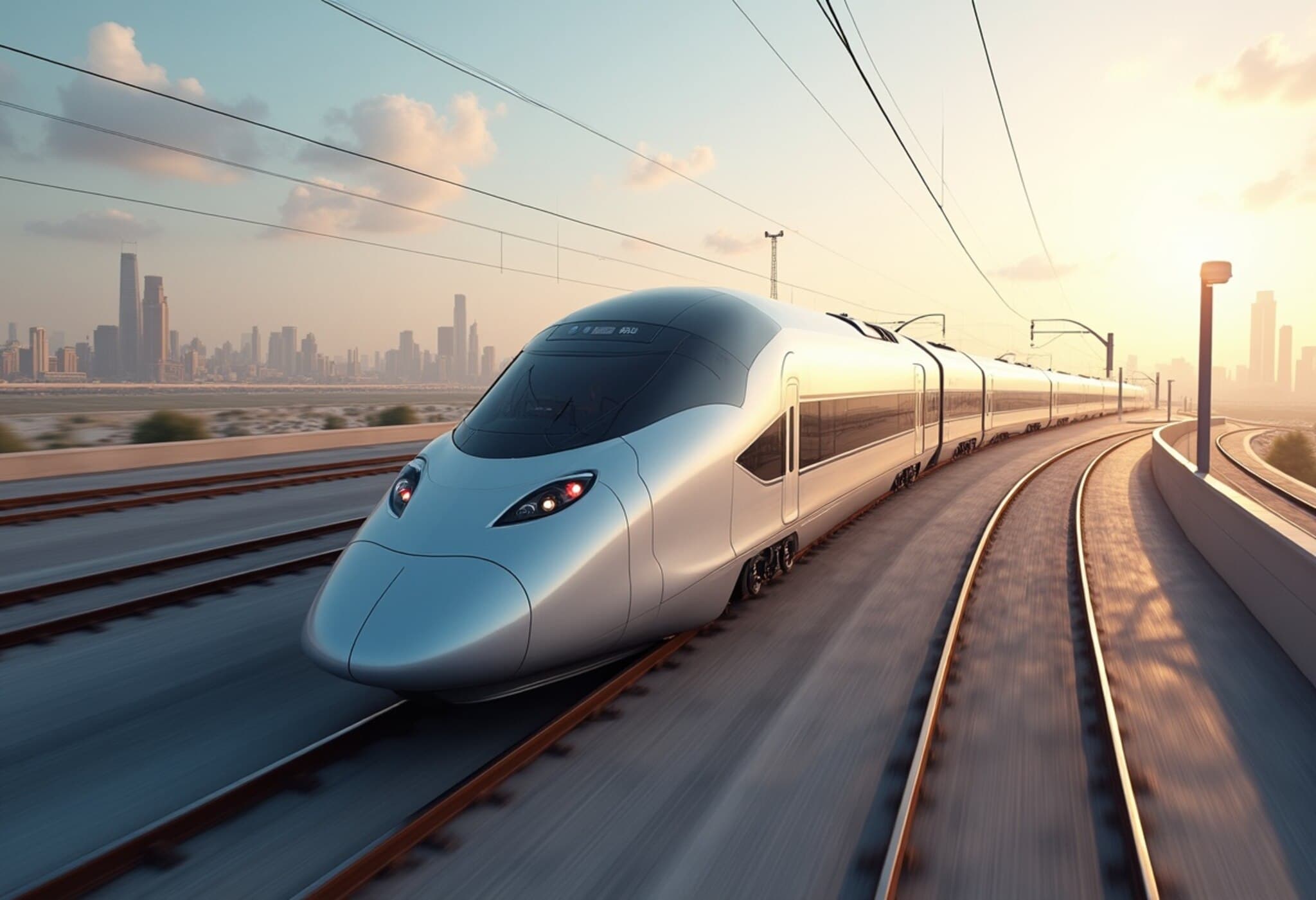India Marks Strategic Defence Upgrade with Final Airbus C-295 Delivery
On August 3, 2025, India successfully received the 16th and final Airbus C-295 military transport aircraft from Spain, underscoring a landmark achievement in the Indian Air Force’s ongoing modernisation and fleet enhancement. This delivery not only amplifies India’s tactical airlift capabilities but also highlights the nation’s strides toward becoming a global aerospace manufacturing hub.
Replacing an Aging Fleet with Cutting-Edge Technology
The C-295 is a twin-turboprop tactical transport plane with a payload capacity of 5 to 10 tonnes and an endurance of up to 11 hours, equipped with advanced avionics designed for diverse military operations. This new fleet will replace the Indian Air Force’s decades-old Avro transport aircraft, closing gaps in both operational readiness and efficiency.
Delivery Ahead of Schedule Reflects Strong Indo-Spanish Collaboration
Indian Ambassador to Spain, Dinesh K Patnaik, alongside senior IAF officials, accepted the final aircraft at Airbus’s Defence and Space assembly facility in Seville. Remarkably, this delivery was completed two months ahead of the planned timeline — a testament to robust collaboration and streamlined processes between India and Spain.
From Spain to India: Building a Domestic Defence Ecosystem
The purchase agreement signed in September 2021 between India and Airbus Defence and Space encompasses 56 C-295MW aircraft. Out of these, 16 were delivered as fully assembled units from Spain, while the remaining 40 will be manufactured on Indian soil by Tata Advanced Systems Limited (TASL), located in Vadodara, Gujarat.
- Vadodara facility: India’s first private-sector military aircraft manufacturing and final assembly line.
- Comprehensive production: From assembly to testing, delivery, and lifecycle support will be managed domestically.
- Defence ecosystem growth: The program actively involves Indian companies like Bharat Electronics Ltd, Bharat Dynamics Ltd, and numerous MSMEs, representing a significant public-private partnership.
Prime Minister Narendra Modi and Spanish Prime Minister Pedro Sanchez inaugurated this cutting-edge facility in October 2024, underlining the strategic importance of self-reliance in defence manufacturing.
Contextual Insight: Why This Matters for India’s Defence and Economy
In the backdrop of evolving geopolitical dynamics in South Asia and beyond, airlift capabilities have become critical for rapid deployment, humanitarian missions, and disaster relief. The C-295’s flexibility meets diverse mission demands, fortifying India’s operational response options.
Furthermore, the Make in India defence initiative gains momentum through such collaborations, stimulating indigenous technological development while reducing dependence on imports. This milestone reflects a broader shift where military procurement serves as a catalyst for domestic industrial growth and job creation across sectors.
Underreported Dimensions
- Supply Chain Resilience: By engaging MSMEs in the supply chain, the program strengthens local economies, enhances technology transfer, and deepens skill development.
- Strategic Autonomy: The shift from fully imported aircraft to indigenous assembly and manufacturing signals India’s pursuit of strategic autonomy, less vulnerable to international supply disruptions.
- Environmental Impact: Modern aircraft like the C-295 typically offer better fuel efficiency, which, while a secondary benefit, aligns with India’s commitments to reduce carbon emissions and adopt greener technologies.
Looking Ahead: What to Expect
As TASL ramps up production, the Indian Air Force can anticipate phased induction of newly manufactured aircraft, empowering operational readiness. This project could serve as a blueprint for future aerospace ventures, complementary to emerging domains like unmanned aerial vehicles (UAVs) and space defence technologies.
Expert Commentary
Defence analyst Dr. Anil Kumar notes, "The integration of foreign aircraft production within India’s ecosystem is a game-changer. It not only upgrades airlift capacity but injects innovation and competitiveness into India’s aerospace sector. This initiative reflects India’s growing maturity as a defence-industrial complex.”
Editor’s Note
The delivery of the final Airbus C-295 transport aircraft marks more than just an addition to the Indian Air Force fleet—it symbolizes the intersection of strategic defence imperatives and industrial progress. As India advances its Make in India vision in the defence sector, critical questions remain: How will this momentum shape India’s future military procurements? Can this model be scaled to cover more complex systems? And importantly, how will these developments influence regional security dynamics in Asia?
Tracking these outcomes will provide valuable insights into India’s evolving position as a global defence and aerospace leader.

